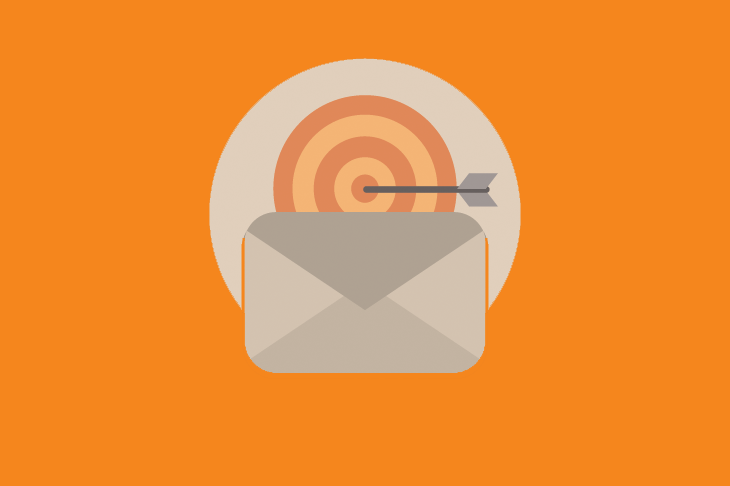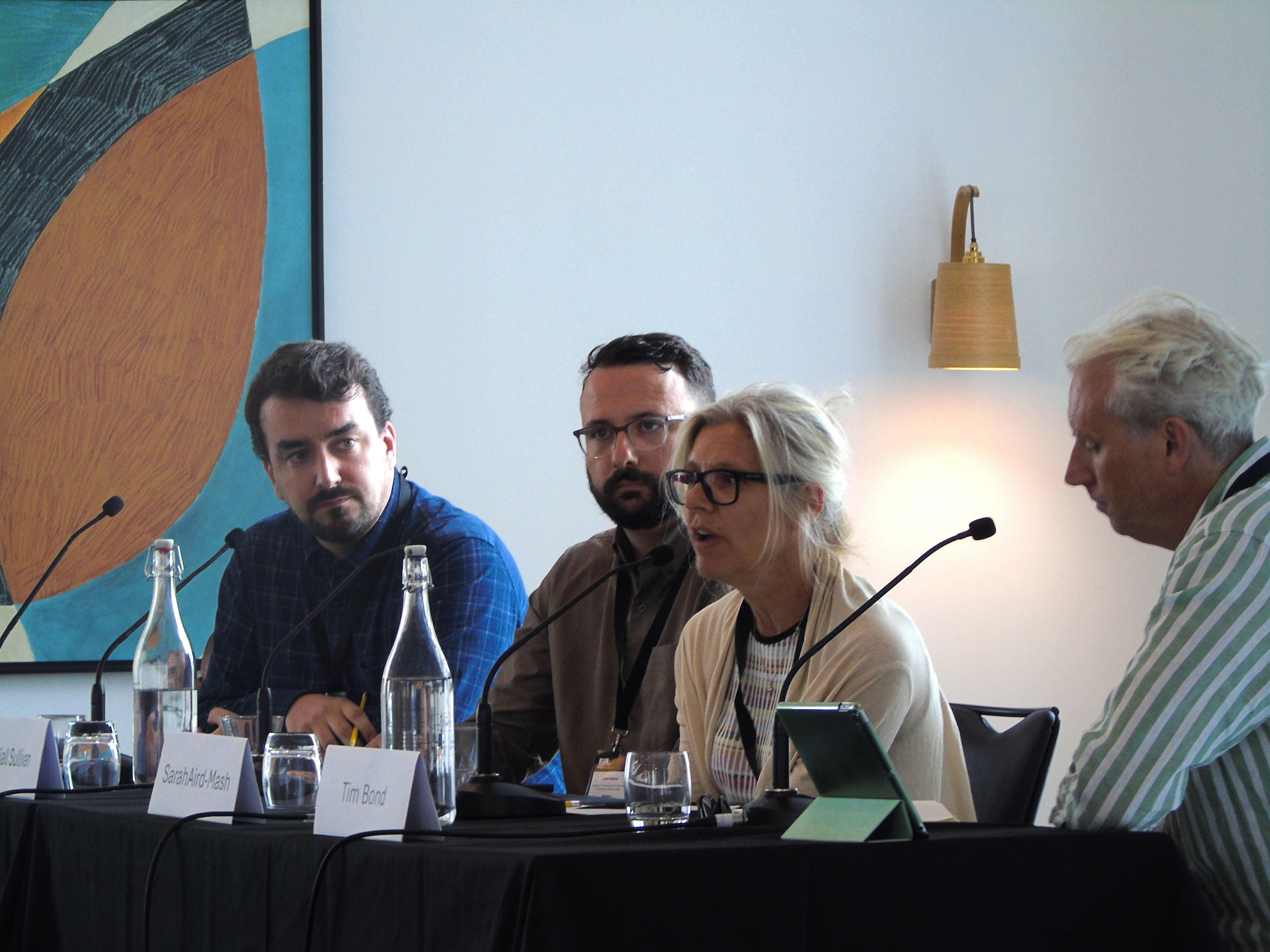Do you have an email marketing strategy for your business? If so, does it cater for each stage of your buyer's journey?
When email marketing is done right, it can be a very powerful tool for any business. However it can also be quite time-consuming. From creating appealing content that subscribers will want to read and act upon, to coming up with an enticing subject line, a lot of effort is put into each email campaign your business sends out, but are you sending the right email to the right people at the right time?
By understanding your buyer's journey and segmenting your email database accordingly, you will have a much better chance of getting the right information in front of the right subscriber, at the right time.
What is the buyer's journey?
There are three stages to the buyer's journey: Awareness (the buyer is aware that they have a problem but don’t know what the problem is), Consideration (they know what their problem is and are seeking out solutions) and Decision (they have identified the potential solutions and are ready to make a decision). At each one of these stages it is important to consider what kind of marketing message you should be sending to appeal to them, and ensure that it is sent at the right time. This eases your potential customers down the marketing funnel.
Awareness
The Awareness stage is right at the start of the buyer’s journey. At this stage your potential buyer has just found your company while researching what their problem may be and if they like what they see, they may sign up to your newsletter, which is likely to only tell you their name and email address.
Now you have their contact information your email marketing strategy can really come into play. The objective here is to move them through the buyer’s journey by nurturing your leads into customers.
At this early stage your subscribers will be looking for educational information to build up a relationship of trust with your brand, before you start to even consider telling them about your amazing product or service.
In each newsletter they receive, make sure you include a call to action that will encourage your subscribers to move further down the marketing funnel and offer you more insight into their needs by using landing pages that allows the user to access restricted or gated content.
Once your subscriber converts by filling out one of your registration forms, you will be able to gain a deeper understanding of their needs and offer more targeted content, introducing your product or service based on the information that they’ve requested.
Just remember, this is still an early stage of the buyer’s journey and so this is not the time to become too pushy with your sales messages. Continue to offer more educational information, but you can begin to make it more product specific, based on the needs they have displayed when they filled out your landing page form.
Consideration
Now this is where you can start show off about what an amazing product or service you offer and start to move your prospect into making a decision to purchase with you as they begin to evaluate the potential solutions available to them.
As they move through the buyer's journey, your prospect should have gathered their research and have a good idea about what they need and that you are able to provide a solution. But what does this mean for your next email marketing campaign? Well, you will want to consider how you can entice your lead into testing your product. This is the perfect opportunity to offer discounts and free trials and other promotional incentives.
Email marketing is the perfect medium for this stage as you are able to provide real value to your subscriber without pestering them. To get the most out of your offer, make sure you have clear call to actions within your campaign so the subscriber is clear how they can redeem their exclusive deal.
Decision
By now, your prospect has taken advantage of your offer, but how can email marketing help you seal the deal? By setting up workflows in a marketing automation platform, such as Hubspot or Infusionsoft, you will be able to nurture your qualified lead even further by working with your sales team with a clear and consistent message that should bring in the sale.
By creating follow up emails to assist with your campaign, you will continue to keep your lead warm, just be sure to consider the length of your industry buyer’s journey to make sure you don’t become a nuisance and end up on the unsubscribe list.
What next?
The sale is complete but what does it mean for this contact in your email marketing strategy?
By segmenting your audience into customers you will be able to follow up a sale with surveys and feedback forms. You should try to show that your business values their feedback and keep the line of communication open.
By staying in the buyer’s mind after the sale is complete, not only are they likely to remember your brand when their need arises again. Also the happier they are with your level of aftersales service, even through email, the more chance you have of creating brand advocates to help provide more leads for your business.
By segmenting your email database using the stages of the buyer’s journey, you be able send the right email at the right time to right person. As with all personalisation within email marketing, the more focused your email is on the individual need of the subscriber, the more return on investment you will see from your email marketing campaigns.
Stay Updated with Our Latest Insights
Get expert HubSpot tips and integration strategies delivered to your inbox.



